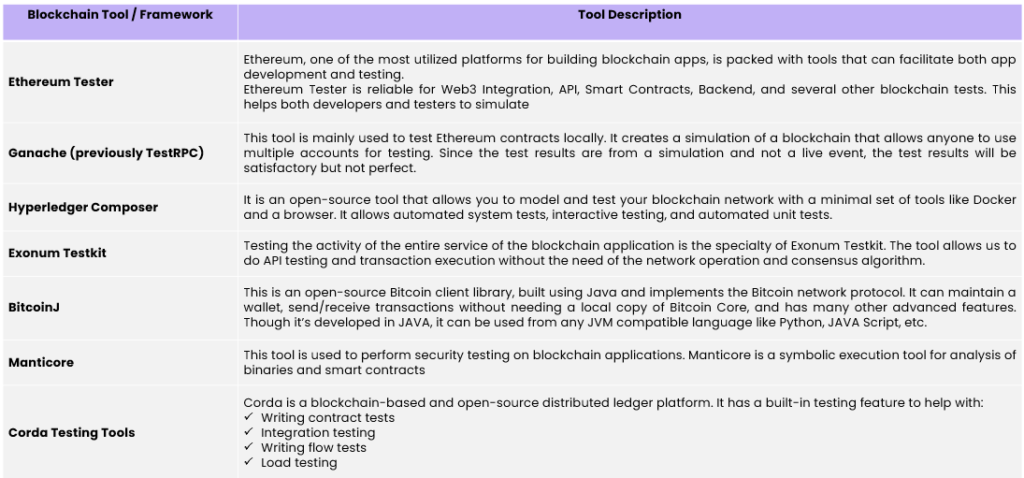What is Blockchain
Block chain is an open distributed ledger.
Or
A mathematical structure for storing data in a way that is nearly impossible to fake and less venerable for hacking and eliminating 3rd party between to person. It can be used for all kinds of valuable data.
Or
A way for one Internet user to transfer a unique piece of digital property to another Internet user, such that the transfer is guaranteed to be safe and secure, everyone knows that the transfer has taken place, and nobody can challenge the legitimacy of the transfer.

Introduction to Blockchain
To store, manage and secure digital identity and data, organizations across the globe are looking for a secure platform that protects their data which is spread across multiple providers. Blockchain is the solution.
- Blockchain technology was popularized by the Bitcoin digital currency system.
- The technology, which was invented in 2008 to power Bitcoin(a Digital Currency) when it launched.
- The first blockchain was conceptualized by Satoshi Nakamoto in 2008 and implemented the following year as a core component of the digital currency bitcoin, where it serves as the public ledger for all transactions.
- World Economic Forum report predicts that by 2025, 10% of Global Gross Domestic Product (GDP) is stored on Blockchains or Blockchain-based technology.
How Does Blockchain Work?
Blockchain stores data in a decentralized and cryptic format. It collects data into Blocks, and Chains the data together using cryptography, enhancing the data security.

Key Use Cases of Blockchain across various Industries

QA Approach in Blockchain technology
The entire process of blockchain needs to be thoroughly tested as any discrepancies found in one block or in the supply chain can potentially disrupt the entire blockchain. When a block is added to a blockchain, it remains there forever.
A block once added to the blockchain remains there forever and if you try to change the data in some block in between the chain, the following blocks become invalid. A single change in block of the blockchain will cause every subsequent blocks to change as well. This makes it important that whenever a new block is added, it’s being added the right way because it cannot be changed later.
In addition to traditional testing and validation like Functional Testing, Non-Functional Testing, Performance Testing, Security Testing, and Integration Testing, it is needed to have specialized capabilities like Smart Contract Testing, Node Testing, Block size and Cryptographic skills etc. in Blockchain technologies-based applications.
Verification & Validation
A blockchain is usually present in a decentralized network of nodes, where the nodes are high configuration computer systems. Every node present in the decentralized network has a copy of the blockchain transaction history, and the verification process in the blockchain is a consensus mechanism-based process. For verifying a new transaction and creating a new block for it, all the nodes must receive input values that they cross-verify against specific available data. Due to its nature, and all the different entities that the blockchain system involves for its operation like a large number of nodes, different encryption techniques must be followed for the interaction between nodes sharing the transactional data. Validating all these various entities is a must for ensuring that the developed blockchain ecosystem is functioning as expected.
Blockchain Example:

Type of Testing for Blockchain
Functional Testing
To evaluate the work of various functional parts of the Blockchain (e.g., smart contracts). Functional testing assess the business circumstances and effectiveness of use-case scenarios. The following are the key considerations for performing functional testing in blockchain applications:
- Block Size: Each block in a blockchain has a memory size in megabytes, and it was reduced to 1MB from 36MB for security reasons. Testers must focus on scenarios like if the transaction data stored in each block exceed 1mb, what encryption techniques should be used to connect these blocks, and similar complex scenarios.
- Data Transmission: Data loss during transmission between blocks must be tested, as the main architecture of block chain revolves around data transaction and security.
- Adding a Block: Every new block is added to the chain must be carefully evaluated, as once they are added to the chain they cannot be altered.
- Smart Contract Testing: Making sure that the parties involved in transactions are adhering to the rules of the smart contract will ensure the smooth functioning of the blockchain application. Smart Contract testing is about performing detailed functional testing of business logic and process.
- Node Testing: All the heterogeneous nodes present on the network must be tested independently to ensure their smooth functioning.
- Integration Testing: As blockchain is an ecosystem which comprises of different components, and all those components must be connected. It checks to ensure that all the components of the application are integrated properly and performing the actions appropriately.
- API Testing: API tests address the interaction between applications in the blockchain ecosystem. To ensure that API requests and replies are formatted and handled properly.
Non-functional Testing
- Performance Testing: With so many people interacting on the blockchain, Performance testing in blockchain is more important because of number of transactions and the transaction size being tested for the performance of a block, or an application being ready to be deployed to production. Other important parameters include network, sequence of transactions at each node, transaction processing speed, and user and system interface along with the responses required from smart contracts. Testing the size of the network and its ability to process transactions is critical, as it allows us to identify hardware and software bottlenecks before deployment.
- Security Testing: The objective here is to ensure that blockchain applications are tested thoroughly to identify if they are vulnerable to attacks. To guarantee that the authorization & authentication systems are robust, and systems can protect the data and is capable of handling malicious attacks, etc. Additionally, security testing considers the other critical points as confidentiality, integrity, non-denial of services, availability etc. Security testing of blockchain (crypto currency-based) applications also include challenges or testing of components such as wallet signatures methods, private keys, consensus algorithm, and application platform dependencies.
- Cryptographical data: Cryptography is the backbone of blockchain technology. So, it is necessary to make sure that the data is properly encrypted and decrypted.
Blockchain Testing Tools


